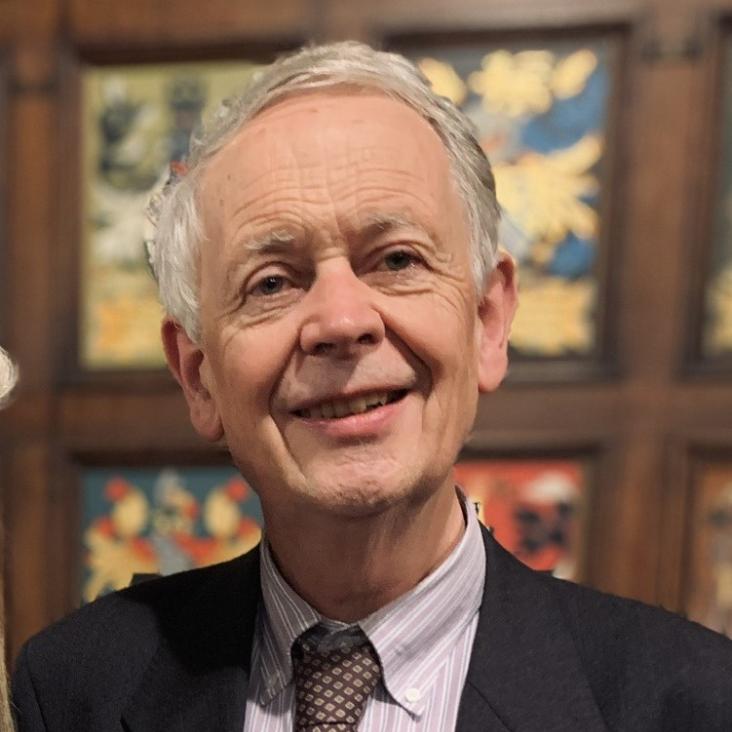Constraining the Galaxy's dark halo with RAVE stars
Monthly Notices of the Royal Astronomical Society Oxford University Press (OUP) 445:3 (2014) 3133-3151
The Gaia-ESO Survey: The analysis of high-resolution UVES spectra of FGK-type stars⋆⋆⋆
Astronomy & Astrophysics EDP Sciences 570 (2014) a122
KINEMATIC MODELING OF THE MILKY WAY USING THE RAVE AND GCS STELLAR SURVEYS
The Astrophysical Journal American Astronomical Society 793:1 (2014) 51
Pseudo–three-dimensional maps of the diffuse interstellar band at 862 nm
Science American Association for the Advancement of Science (AAAS) 345:6198 (2014) 791-795
Actions, angles and frequencies for numerically integrated orbits
Monthly Notices of the Royal Astronomical Society Oxford University Press (OUP) 441:4 (2014) 3284-3295


